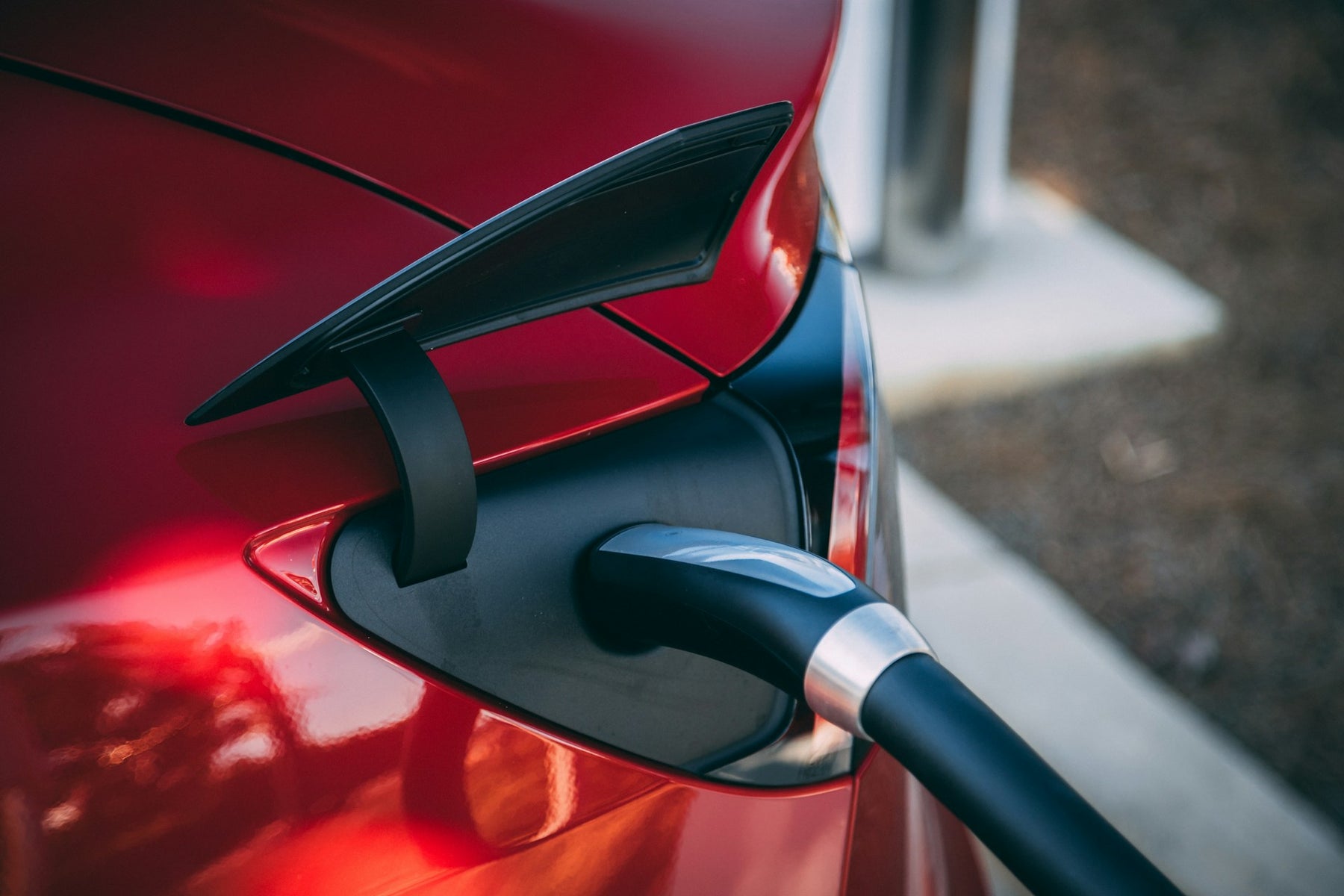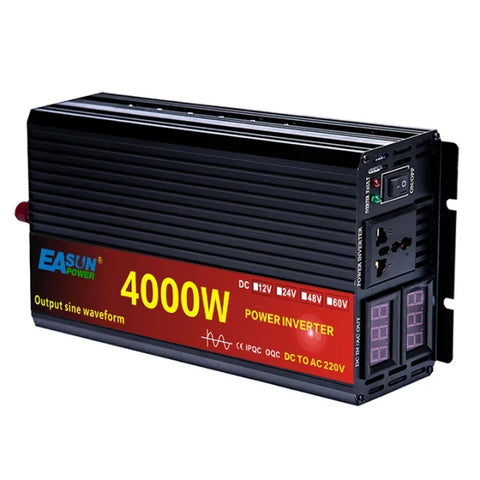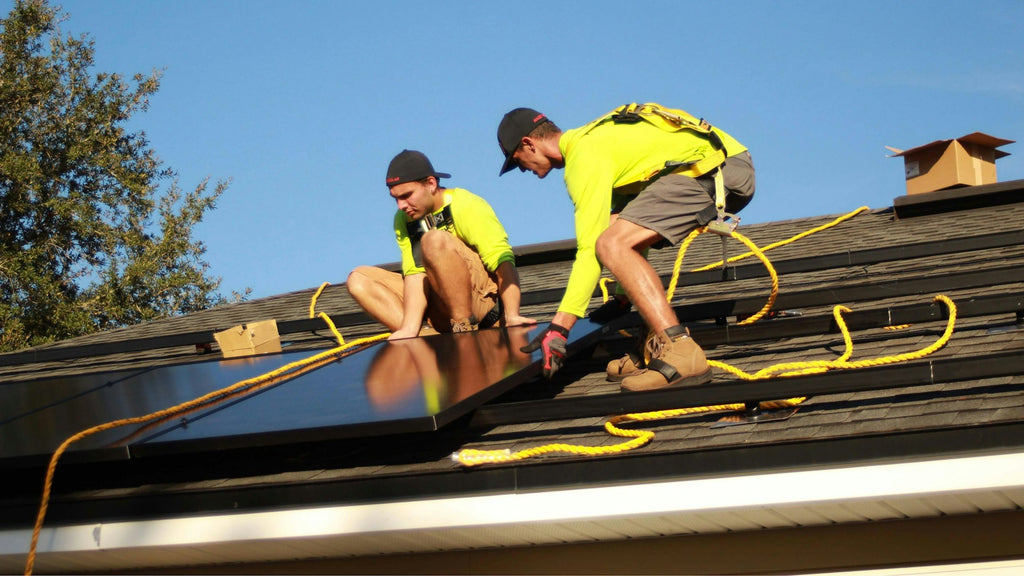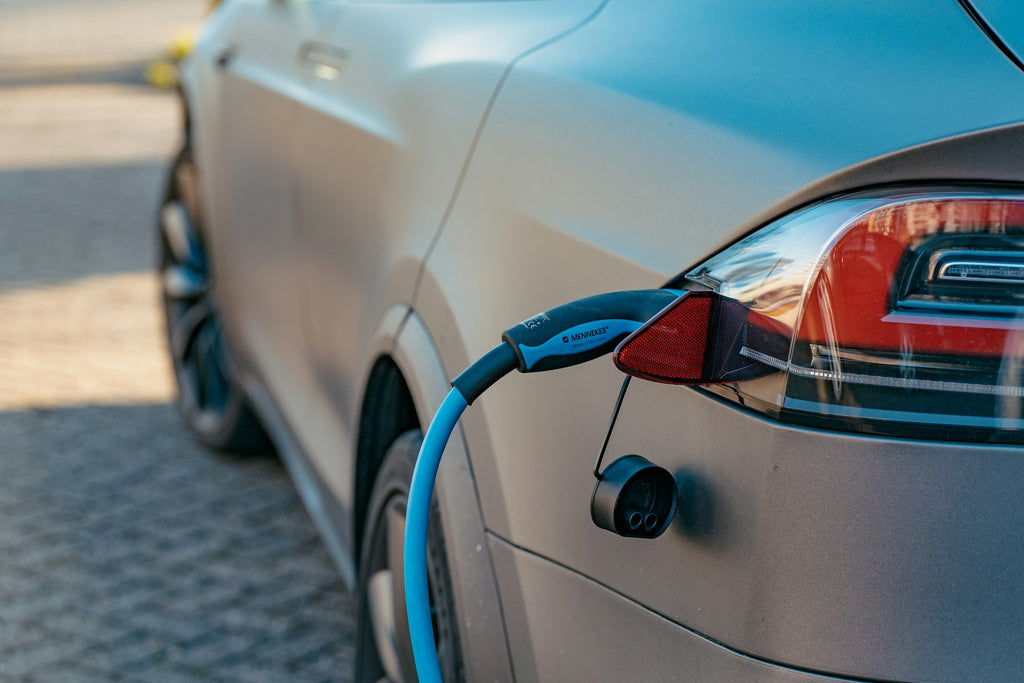
How to Maximize the Use of Your Car Inverter
A car inverter is a valuable device that converts the DC (Direct Current) power from your car's battery into AC (Alternating Current) power, the same type of power used in your home. This allows you to use household appliances and charge devices in your vehicle. To get the most out of this versatile tool, follow these practical, straightforward tips:
1. Understand Your Inverter's Capacity
Knowing the wattage capacity of your inverter is essential for efficient and safe operation. Inverters are designed with varying capacities, generally ranging from 100 watts to over 3000 watts. This range helps determine which appliances you can operate using your inverter. For instance, low-wattage devices like smartphones or laptops usually require less than 100 watts, making them ideal for smaller inverters. On the other hand, if you need to power a small refrigerator or a microwave, you typically need an inverter that can handle about 1000 watts. It's crucial to check each appliance's power requirements-usually found on a label or in the user manual-before plugging them into the inverter. This step ensures that you do not exceed the inverter's capabilities, which could lead to overheating or damage.

2. Select the Right Inverter for Your Needs
Inverters are primarily available in two types: modified sine wave and pure sine wave. Modified sine wave inverters are more economical and are sufficient for running basic electronic devices. However, they may not be suitable for sensitive electronic equipment, such as certain medical devices, audio systems, or newer television models, due to their less precise emulation of household AC power. This can lead to performance issues or even damage to the equipment. In contrast, pure sine wave inverters provide a cleaner, more accurate AC signal, closely resembling the power supplied in homes. This makes them suitable for virtually all electronic devices, ensuring their normal function without risk of harm. When choosing an inverter, consider the types of devices you intend to power. While pure sine wave inverters are more costly, their ability to safely power a broader range of appliances makes them a worthwhile investment for heavy or sensitive usage.
3. Install It Properly
Correct installation is not only essential for the inverter's performance but also for safety. Although it is ideal to have your inverter professionally installed to ensure it meets all safety standards, you can install it yourself with careful attention to detail. Place the inverter in a location that is cool and dry to avoid moisture-related damage and overheating. Ensure that the site chosen allows ample air circulation around the inverter, aiding in heat dissipation during operation. The inverter should be mounted close to the battery to minimize potential voltage drop in longer cables, yet it should be positioned securely to avoid movement that could loosen connections. It's particularly important to ensure all electrical connections, including the grounding wire, are secure and free from corrosion, as poor connections can lead to reduced performance and increased hazard risks.
Extended Reading: Should Solar Inverters Be Indoor or Outdoor?

4. Use the Right Cables
To ensure the optimal operation of your car inverter, it's crucial to use the right cables. To minimize power loss and handle the high current that inverters draw efficiently, it is essential to select cables that are both short and have a sufficient cross-sectional area. Thicker cables, with a larger cross-sectional area in square millimeters (mm²), offer lower resistance, which reduces power loss. Conversely, long or thin cables are unsuitable as they can lead to significant voltage drops, impairing the inverter's performance and increasing the risk of overheating and potential fire hazards. To ensure both safety and efficiency, choose cables that are recommended for the wattage and current requirements of your specific inverter model. Always check the cable's cross-sectional area in mm²; a higher value indicates a thicker cable, which is preferable for high-power applications.
4. Manage Power Consumption
Effective management of power consumption is key to maximizing the efficiency of your inverter. Be continually aware of the total load your inverter is handling. Operating several high-wattage devices at once can overload the inverter's capacity, leading to potential shutdowns or damage. Strategically plan which appliances are essential at any given time and consider alternating their use rather than running them simultaneously. For instance, if you need to use a coffee maker (typically around 600-1200 watts), avoid using other high-power devices at the same time. Additionally, it's important to keep the vehicle's engine running when powering high-demand devices through the inverter; this prevents the car battery from being drained too quickly, ensuring that your vehicle will start when needed.
5. Maintain Your Battery
The performance of your inverter is directly linked to the condition of your car's battery, as it is the source of power for the inverter. Regular maintenance of the battery is therefore essential to ensure both are functioning optimally. For batteries that require it, check and maintain the electrolyte level; distilled water should be added periodically to keep the plates submerged. Clean the battery terminals regularly to prevent corrosion, which can impede the flow of electricity. Also, ensure that the connections are secure and tight. These steps help maintain the battery's health and maximize its lifespan, which in turn supports consistent performance from your inverter. Neglecting battery care can lead to weakened performance and may prematurely wear out both the battery and the inverter.

6. Use a Battery Guard
To safeguard your car's battery from excessive drainage, consider installing a battery guard. This device is designed to monitor the battery's voltage and will automatically disconnect the inverter if the voltage falls below a predetermined safe level. By preventing the battery voltage from dropping too low, a battery guard ensures that you have enough power to start your car even after extended use of the inverter. This is particularly useful during periods of high power draw or when the vehicle is not running, protecting against the inconvenience and potential cost of a drained battery.
7. Monitor Inverter Temperature
Inverters can generate a significant amount of heat, especially under heavy load. While most modern inverters are equipped with built-in cooling fans and systems designed to prevent overheating, it remains important to regularly check the temperature of your inverter. If you notice that the inverter is becoming unusually hot, consider reducing the electrical load or improving air circulation around the device. Ensuring that the inverter has enough space for adequate ventilation can prevent overheating, which not only extends the life of the inverter but also enhances safety.
8. Be Aware of Safety
Safety is paramount when operating any electrical equipment, including inverters. Always ensure that the inverter and all associated cabling are in good condition; never use an inverter with damaged cords or casing. Keep the inverter in a dry area, away from any water or moisture, and well clear of flammable materials like gasoline or paper. Additionally, make it a habit to turn off the inverter when it is not in active use. This minimizes unnecessary power consumption and reduces the risk of accidental fire or electrical shock.
9. Regularly Inspect and Maintain Your Inverter
Continuous maintenance is key to ensuring your inverter operates effectively and safely over time. Periodically inspect the unit for any signs of physical damage or wear, such as frayed wires or cracks in the casing. Keep the inverter clean by wiping down the exterior with a dry cloth to remove dust and debris, which can impede heat dissipation and potentially clog cooling vents. Also, check all connections to make sure they are tight and secure, and verify that the inverter is mounted stably to prevent movement that could lead to loose connections or other issues. Regular maintenance not only prolongs the life of the inverter but also helps in maintaining optimal performance.
By following these focused and practical tips, you can maximize the efficiency and lifespan of your car inverter, ensuring it provides reliable power when you need it most.

Een opmerking achterlaten